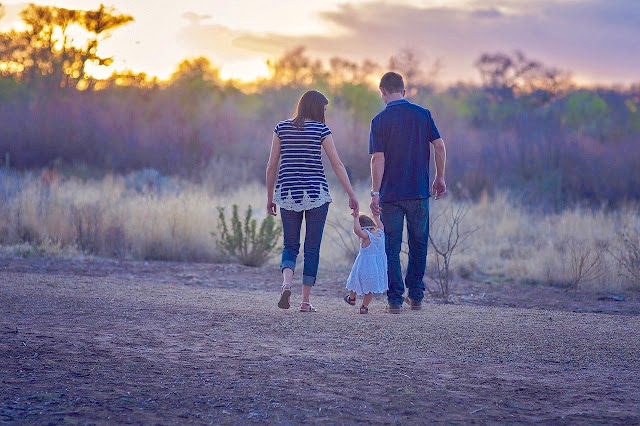QUESTION: Can yeast be passed back and forth between adults, and cause a problem for an intact man?
ANSWER:
Yes -- anything flora/microorganism related easily goes back and forth from one partner to another. However, this is not limited to intact adults. There are many 'yeasty' non-intact men who also pass yeast 'infections' back and forth between themselves and their partner.Yeast lives naturally on all humans, on all mammals, and everywhere in nature. It is normal (and even healthy) to have some. The problems becomes when yeast spores overgrow. This is easier done on some people than others, depending on a variety of factors (diet being one, and how someone baths/showers/or cares for their body is another).
Many people are under the mistaken belief that they should use soap on the genitals to decrease yeast - this is counter productive and tends to disrupt flora. Or, it could be that things were disrupted from a young age when parents used soap on a child, or a child eats a hearty amount of processed (and sugary) non-foods. A child may grow up thinking they "smell" if they don't use soap -- but this is solely because the flora of the genitals became disrupted in the first place. In their healthy, natural, clean state (i.e. washed regularly with simply warm water), the human genitals are able to maintain their own balance.
Babies who are in diapers also have the perfect environment for yeast to flourish -- warm, moist, with a sugar-rich diet (human milk or a substitute - necessary and very important for human infant brain and body growth, but with the potential to nourish yeast as well). A youngster can get into a cycle of feeding yeast (processed, sugary foods and drinks), supporting the habitat in which it grows, and then well-meaning parents do things to try and over clean (soaps, scrubs), or apply things to the diaper area that they hear of in parenting threads (cornstarch, powders, flour, lotion, essential oils, human milk, etc.), and make the situation worse. Thankfully, these cycles are easy to break free from, but it takes the willingness to step back and be more hands-off while the body rebalances.
Some simple ways to make the body less likely to experience yeast overgrowth:
1) Showers under warm water only (no soap, not even 'natural' soap on the genitals).
2) Warm baths in epsom salt (and a little boron salt if desired - another anti-fungal natural mineral) -- 2 cups plain epsom salt (no perfumes or oils added), 2 Tablespoons boron (Borax is the most commonly sold refined brand of natural boron).
3) Air dry - go underwear free at home when it is practical to do so (if you live in a private place, even being in the sunshine nude is healing for the body, and sunlight plus fresh air aids the skin and genitals in rebalancing microflora).
4) Use only 100% cotton underwear of your chosen type - not too tight against the skin; not those with lining that is non-breathable.
5) Increase whole food plants in the diet (and items like garlic, lemons, onions, ginger root, turmeric root, black seed oil, d-mannose powder, apple cider vinegar, also help to re-balance gut and genital flora). Smoothies or juicing vegetables and fruits makes this easy.
6) Decrease processed non-food items and sugary items as much as possible. Dairy is also another culprit for many who have gut (intestinal) and yeast disturbances - switching to a nut-milk is one alternative, for example.
7) Clotrimazole on the outside of the genitals when there is external yeast overgrowth. If internal in the vagina, use treatment options that are 7 days in length vs. the 1-3 day treatment options that tend to leave behind some of the stronger yeast spores to regrow. Clotrimazole will be cheapest at your local store pharmacy aisle in any generic version they stock.
8) Calmoseptine on the outside when yeast causes raw skin, redness, rash, chaffing, irritation -- this is also antifungal and healing for the skin. It can also be used preventatively (say when traveling, or when swimming in a chlorine pool or bacteria filled lake). Using Calmoseptine FIRST, before clotrimazole is applied for the first time, is the best course of action to most rapidly heal a yeast related rash on babies, children, or adults. The skin needs to be on its way to healing first, preventing further issues, before 'treatment' starts with clotrimazole for the fastest, most effective remedy. Apply Calmoseptine first, ideally after an epsom salt bath. Wait 4-6 hours, and then continue with the course of suggestions above and clotrimazole. Doing so allows exterior yeast issues to be remedied within 24-48 hours. Internal yeast overgrowth, or that which recurs often, is more complex and requires more of the above changes and/or treatments to remedy. Calmoseptine can be found behind the counter at most pharmacies (call to ask which pharmacy has a tube in stock near you), or on Amazon. No prescription is needed.
further resources on caring for your intact child
an intact living community
an advocacy group
a mainstream group for those raising boys today





No comments:
Post a Comment